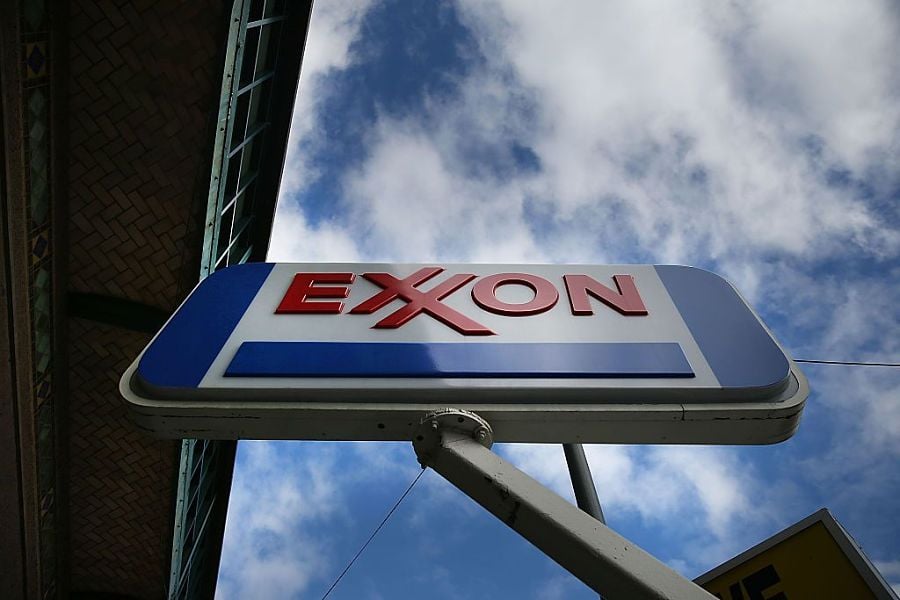

The New York State Common Retirement Fund plans to restrict its investments in Exxon Mobil Corp. and seven other oil and gas companies after reviewing their efforts to shift to a low-carbon economy.
The pension plan will sell stocks and bonds, worth roughly $26.8 million, in Exxon, Guanghui Energy Company Ltd., Echo Energy Plc, IOG Plc, Oil & Natural Gas Corp., Delek Group Ltd., Dana Gas Co. and Unit Corp., New York State Comptroller Thomas DiNapoli, who oversees the fund’s $260 billion, said in a statement.
The public retirement fund, one of the biggest in the US, said four years ago it would review all of its fossil-fuel holdings as it sought to reduce investment risks linked to climate change. Last year it curbed holdings in 50 companies involved in coal, shale oil and gas, and oil sands, including Pioneer Natural Resources Co. and Hess Corp.
The retirement fund said Thursday it plans to now focus on investments in utility companies and their efforts to shift away from fossil fuels. It also set a goal to invest $40 billion in sustainable and climate investments by 2035, after meeting an initial target of $20 billion. Those assets include energy storage, resource efficiency and green infrastructure.
Additionally, the fund said it will boost its investments in climate indexes by 50% to more than $10 billion in the next two years, with a goal to double that by 2035.

Most firms place a limit on advisors’ sales of alternative investments to clients in the neighborhood of 10% a customer’s net worth.

Those jumping ship include women advisors and breakaways.

Firms in New York and Arizona are the latest additions to the mega-RIA.

The agent, Todd Bernstein, 67, has been charged with four counts of insurance fraud linked to allegedly switching clients from one set of annuities to another.

“While harm certainly occurred, it was not the cataclysmic harm that can justify a nearly half billion-dollar award to the State,” Justice Peter Moulton wrote, while Trump will face limits in his ability to do business in New York.
Orion's Tom Wilson on delivering coordinated, high-touch service in a world where returns alone no longer set you apart.
Barely a decade old, registered index-linked annuities have quickly surged in popularity, thanks to their unique blend of protection and growth potential—an appealing option for investors looking to chart a steadier course through today's choppy market waters, says Myles Lambert, Brighthouse Financial.
